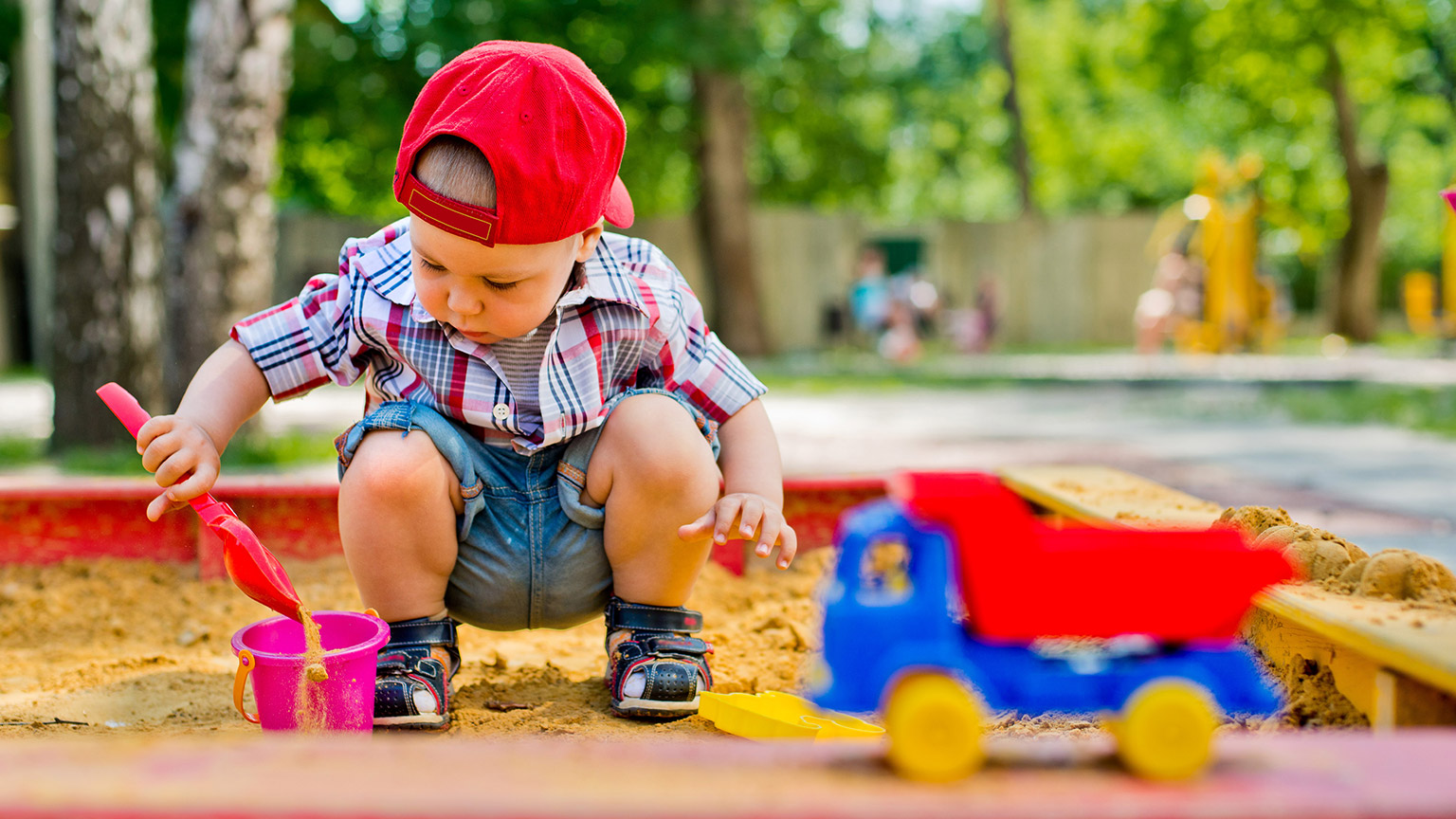This module focuses on environmentally sustainable work practices within the early childhood education and care sector. By the end of this module, you will have an understanding of the requirements for workplaces to monitor processes and work towards continuous environmentally sustainable improvements.
We must protect the planet to save ourselvesNational Geographic Society, 2018
In the past decades, as extreme weather conditions have been occurring more frequently, climate change and sustainability became buzzwords to emphasise the increasing need for changing human attitude towards the surrounding natural environment. There is no doubt that people of the 21st century must develop environmentally conscious behaviour, where recycling and the protection of the environment should be our second nature to reduce human impact. In the modern world, a large variety of technologies have been invented to make life easier and more comfortable, yet it’s been proved that this exploits the environment, causing pollution and damage.
Watch the following powerful 4-minute YouTube video published by the National Geographic Society to understand why the protection of the environment and sustainability should be essential for all humans:
As an early childhood educator, you will shape the next generation’s thinking by teaching and role-modelling environmentally conscious behaviour through environmentally sustainable work practices.
Regulation 113: Outdoor space—natural environment
The approved provider of a centre-based service must ensure that the outdoor spaces provided at the education and care service premises allow children to explore and experience the natural environment.
NQS Element 3.2.3: Environmentally responsible
The service cares for the environment and supports children to become environmentally responsible
Children are connected with and contribute to their world
The National Quality Standards (NQS) acknowledges that the early years are an important time for laying the foundations for learning and life skills. Similarly, the Council of Australian Governments’ vision is that:
All children have the best start in life to create a better future for themselves and for the nationCOAG, 2008 (p.4)
Young children are both current and future citizens with already existing capabilities to shape sustainable societies. Investments to build their awareness, values, knowledge and capacity for sustainable development will serve to set the world on more sustainable pathways now and into the future (p. 78). (UNESCO, 2014) According to ACECQA’s National Education Leader, Rhonda Livingstone, sustainable practices relate not only to the natural environment, but also to our society and culture, including aspects such as consumerism and community well-being. As the need for greater sustainability becomes more apparent globally, so does the importance of embedding sustainability in children’s programs. Through hands-on experiences and relevant educator pedagogies, children can explore and learn about their local contexts and environmental issues. They can develop the creativity and critical thinking skills necessary to make informed decisions for change, improving the quality of their lives, and those of future generations1.
Australian and international research shows that children today spend much more time indoors, in front of screens and participating in structured activities. This means that children no longer get to play outdoors in unstructured activities, exploring the natural environment. This change has been shown to contribute to health concerns like increased anxiety, inability to control emotions, poor attention spans, excessive fidgeting and obesity. Children are also suffering from a lack of connection to nature and the world around them. 2
The following 6-minute video shows a bush kinder program run by a centre located in Craigieburn (Victoria).
Practising sustainability empowers children to construct knowledge, explore values and develop an appreciation of the environment and its relationship to their worlds. This lays the foundations for an environmentally responsible adulthood.
Regulation 113 of the Education and Care Services National Regulations 2011 requires centre-based services to ensure that the outdoor spaces allow children to explore and experience the natural environment, such as trees, sand and natural vegetation.
To further support the regulation, the Early Years Learning Framework, the Framework for School Age Care and the National Quality Standard (NQS) promote embedding sustainability in all daily routines and practices.
Quality Area 3 of the NQS is dedicated to the physical environment, where Element 3.2.3 focuses on environmental responsibility.
According to the Guide to the NQF, Element 3.2.3 aligns sustainable operations within the service and children’s learning about environmental responsibility. Environments and resources can emphasise accountability and advocacy for a sustainable future and promote children’s understanding about their responsibility to care for the environment on a day-to-day and long-term basis. This is particularly relevant for school-age care environments as children’s depth of understanding of these concepts develops3.
Learning Outcome 2 of the Being, belonging, belonging: The Early Years Learning Framework for Australia also emphasises the importance of children being connected with and contributing to their world. The learning outcome also emphasises the need for children to become socially responsible and show respect for the environment.4
The following 5-minute YouTube video published by the Early Childhood Resource Hub will explain the opportunities for learning in natural spaces in an early childhood education and care environment:
Read through the next topics to learn about environmental sustainability in more depth.
Knowledge check

